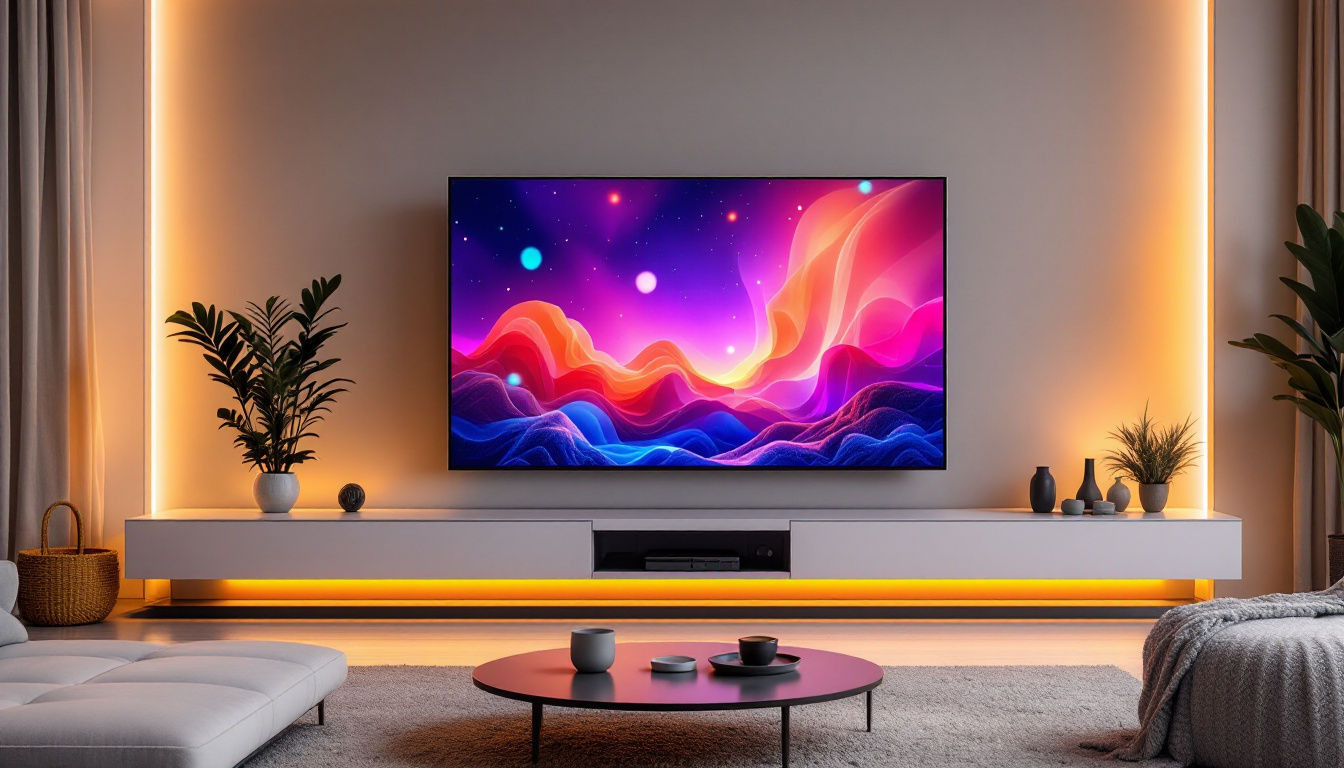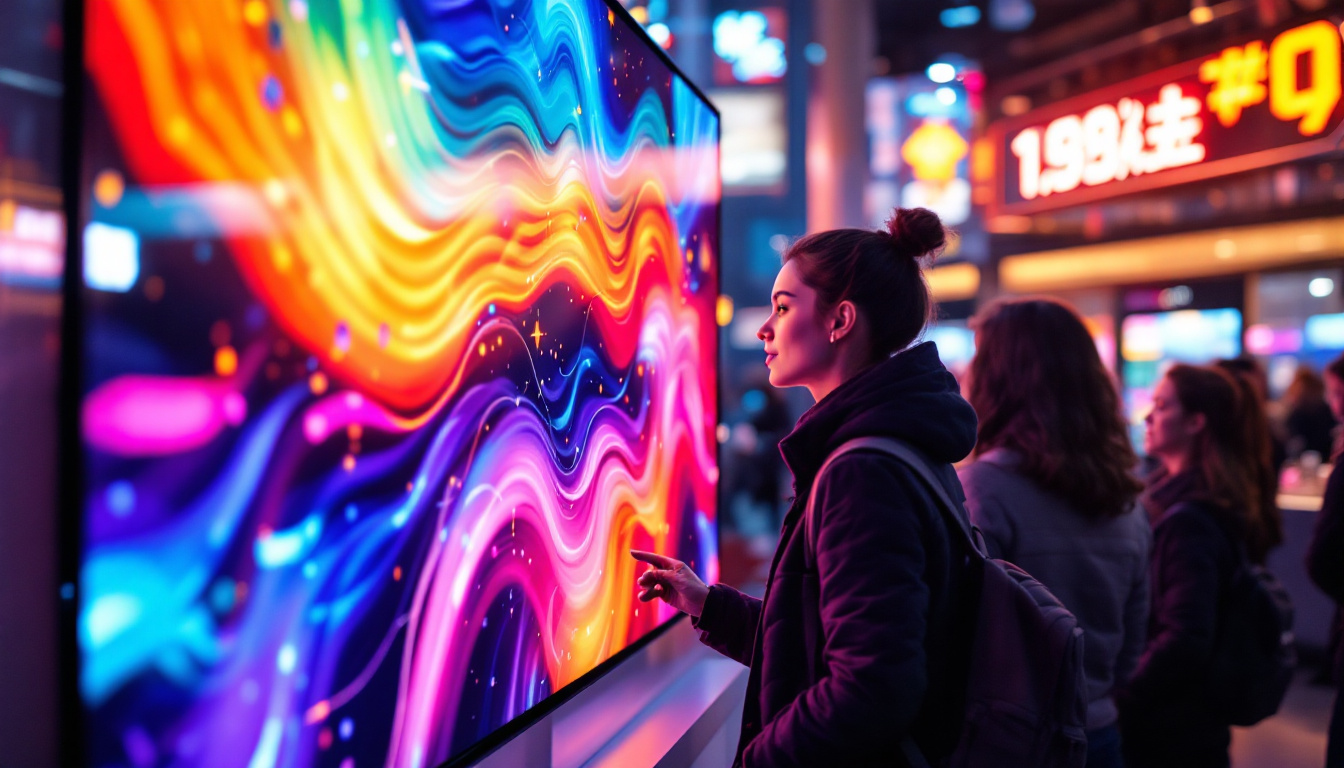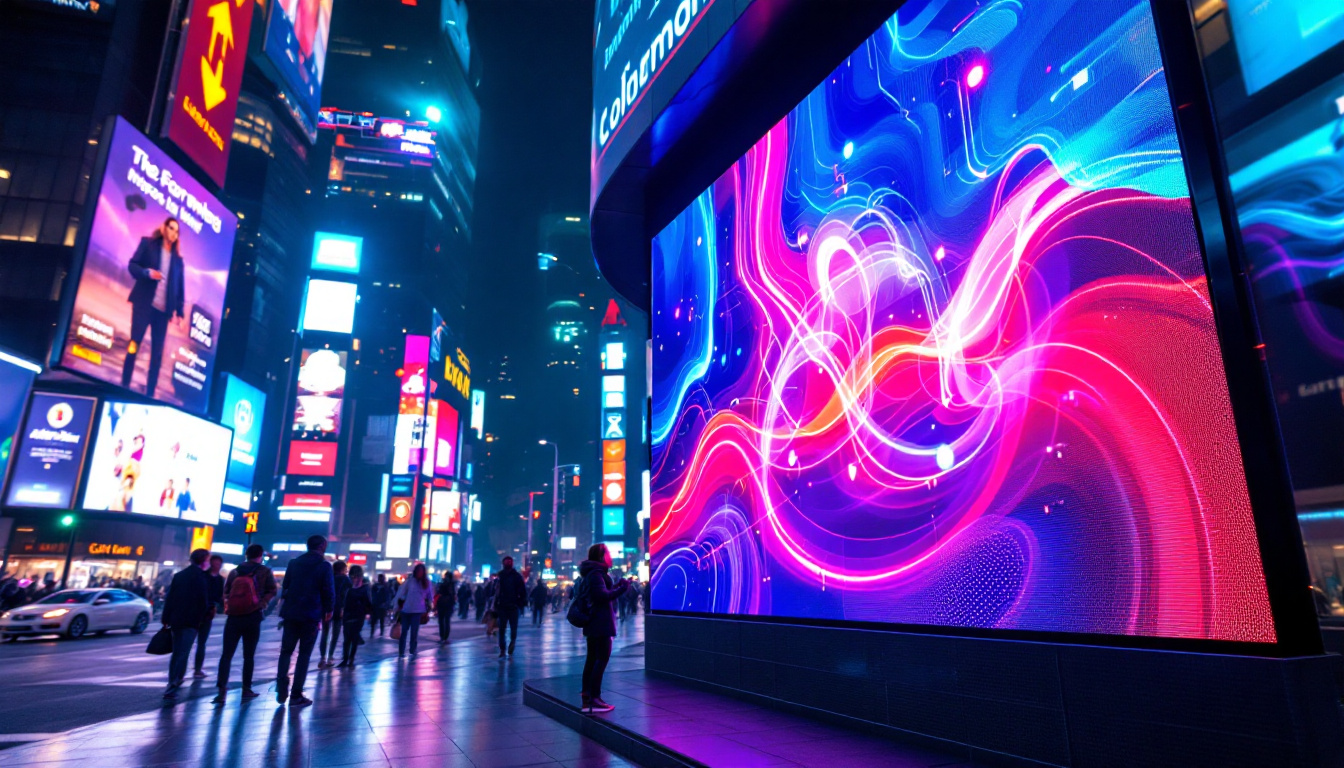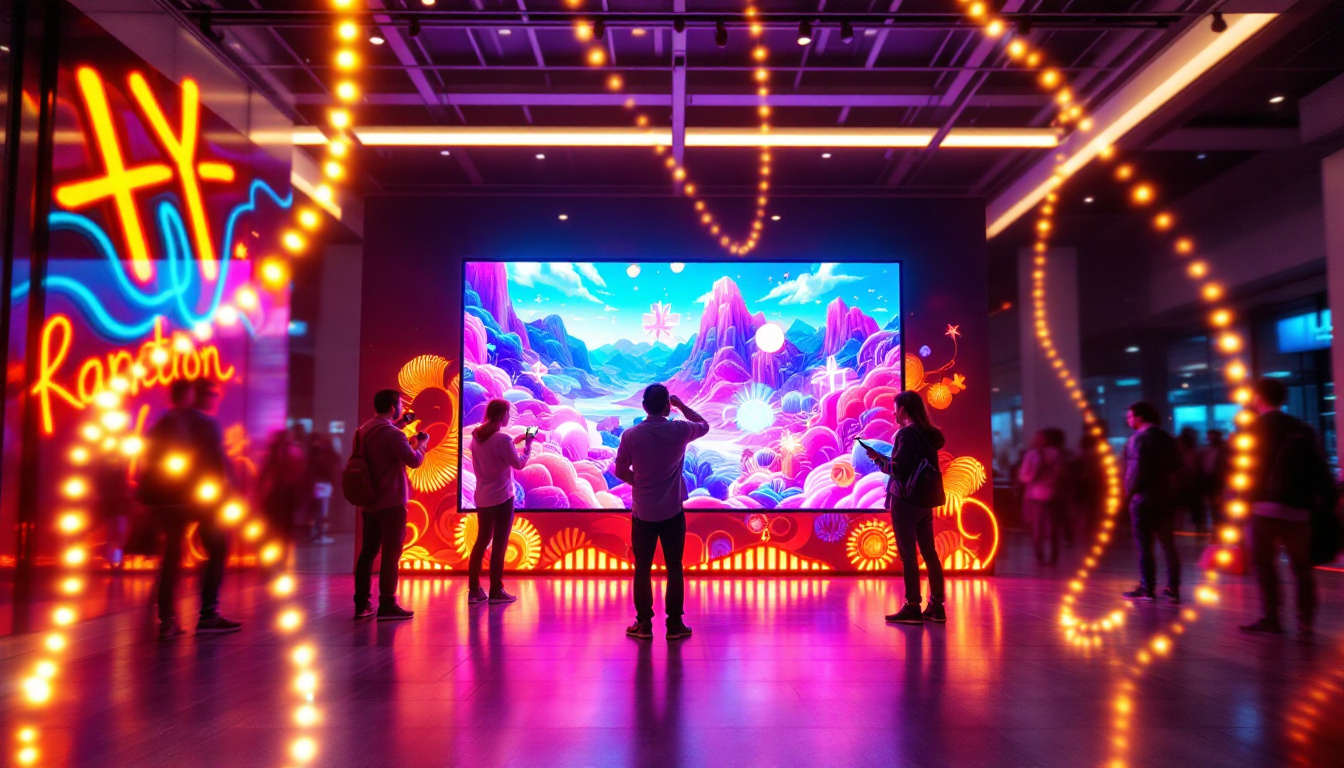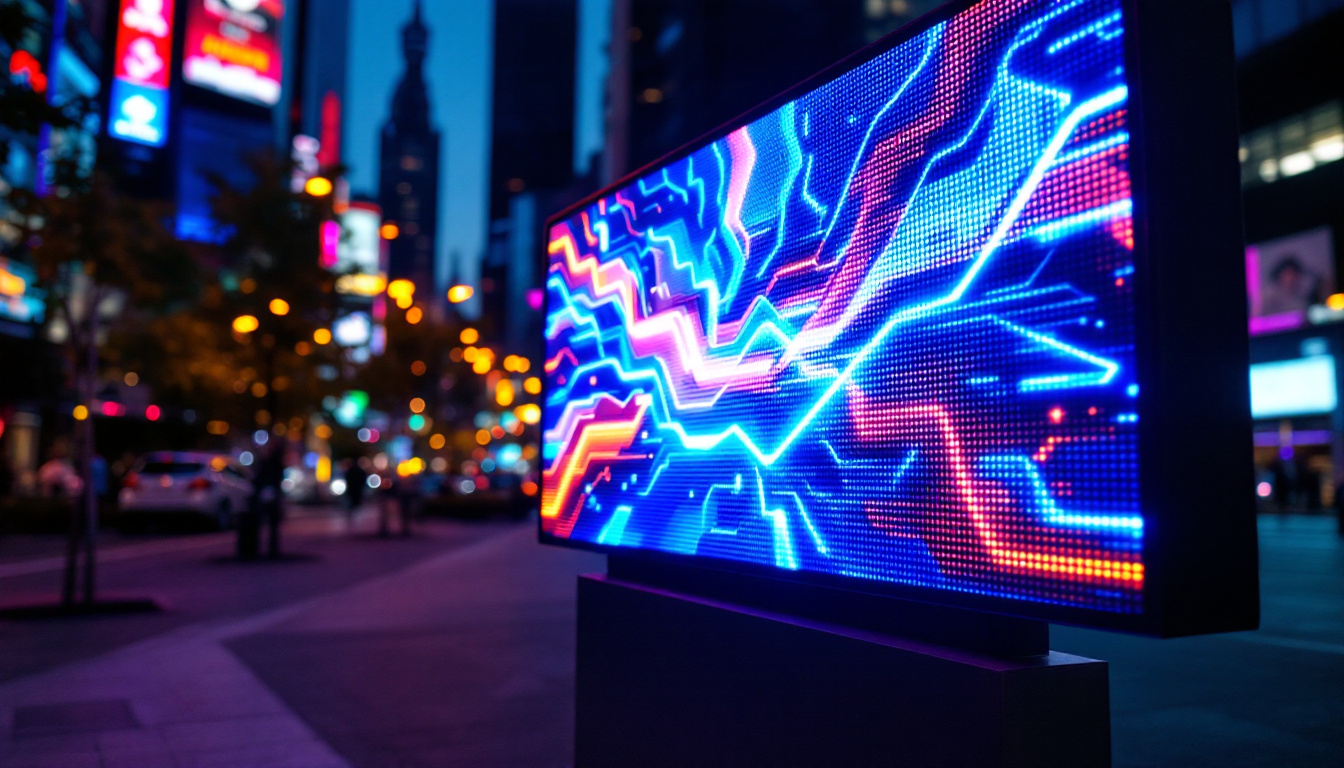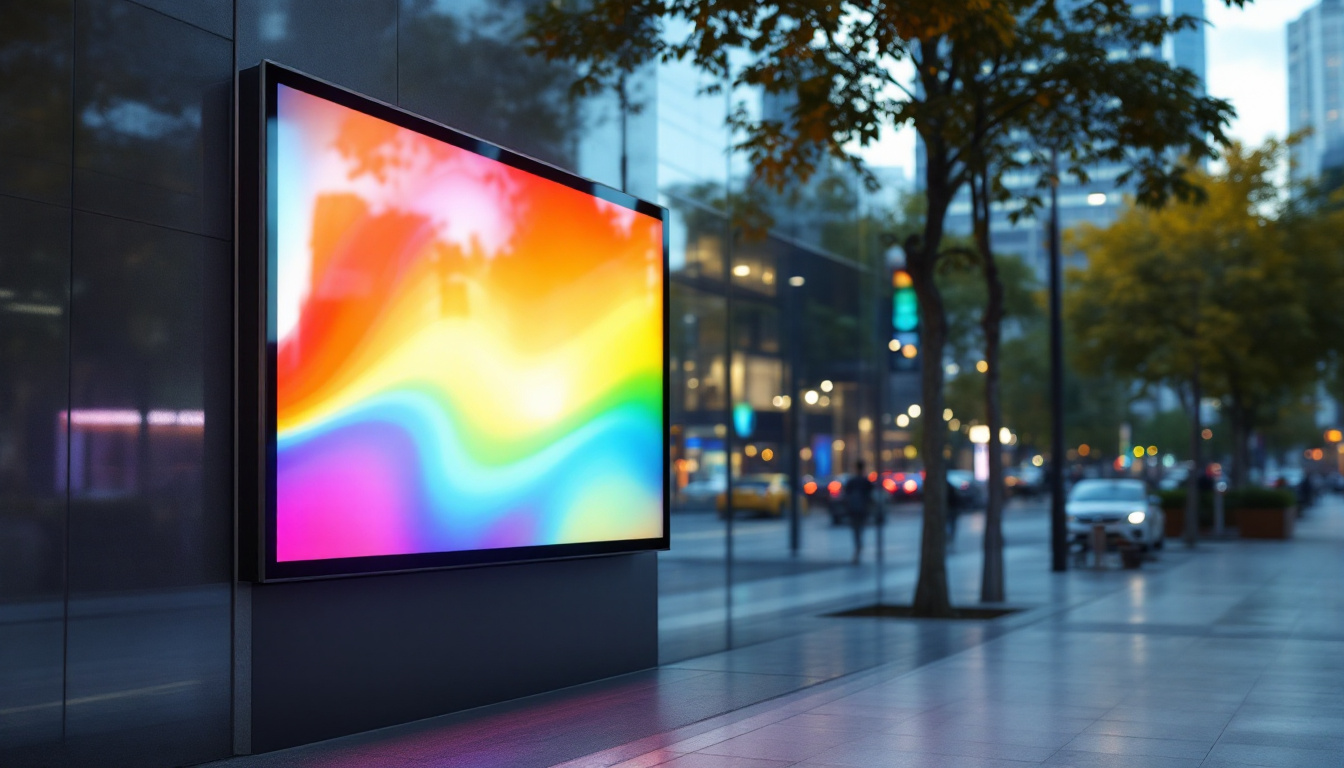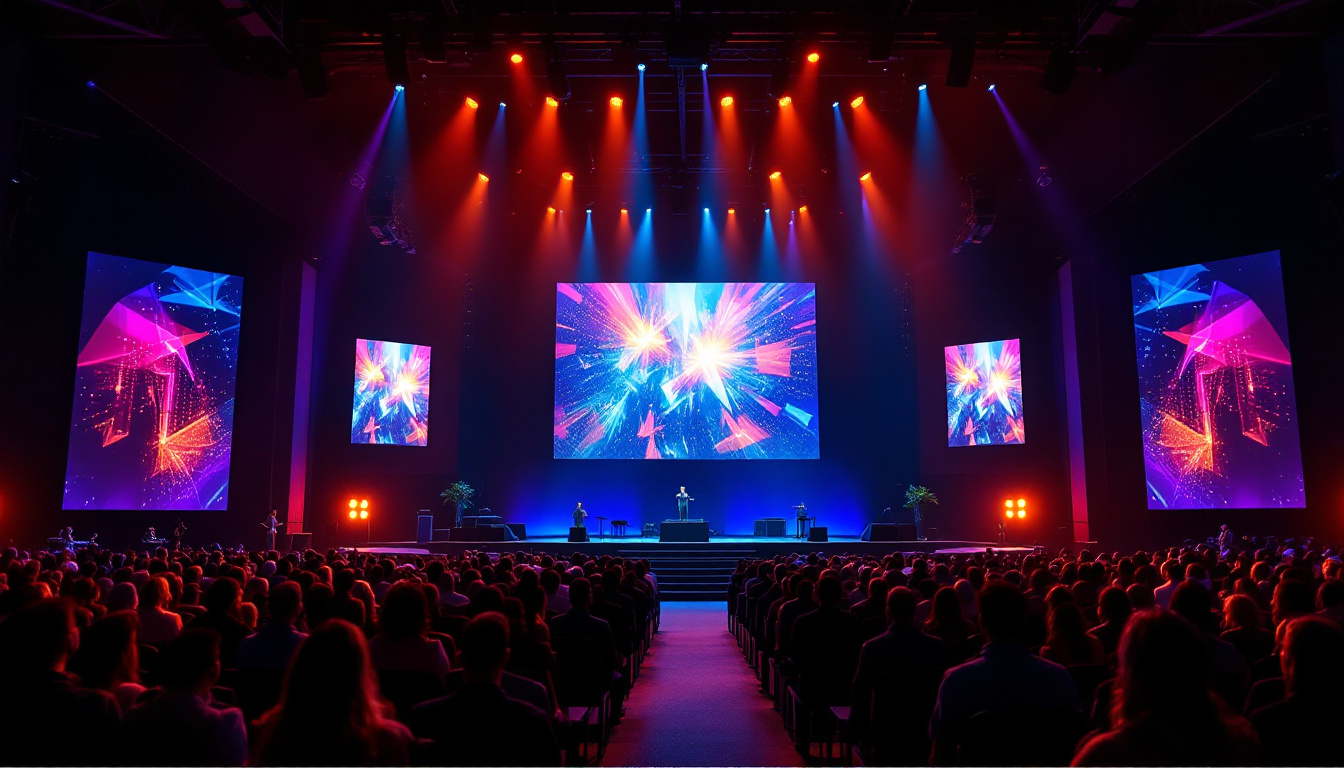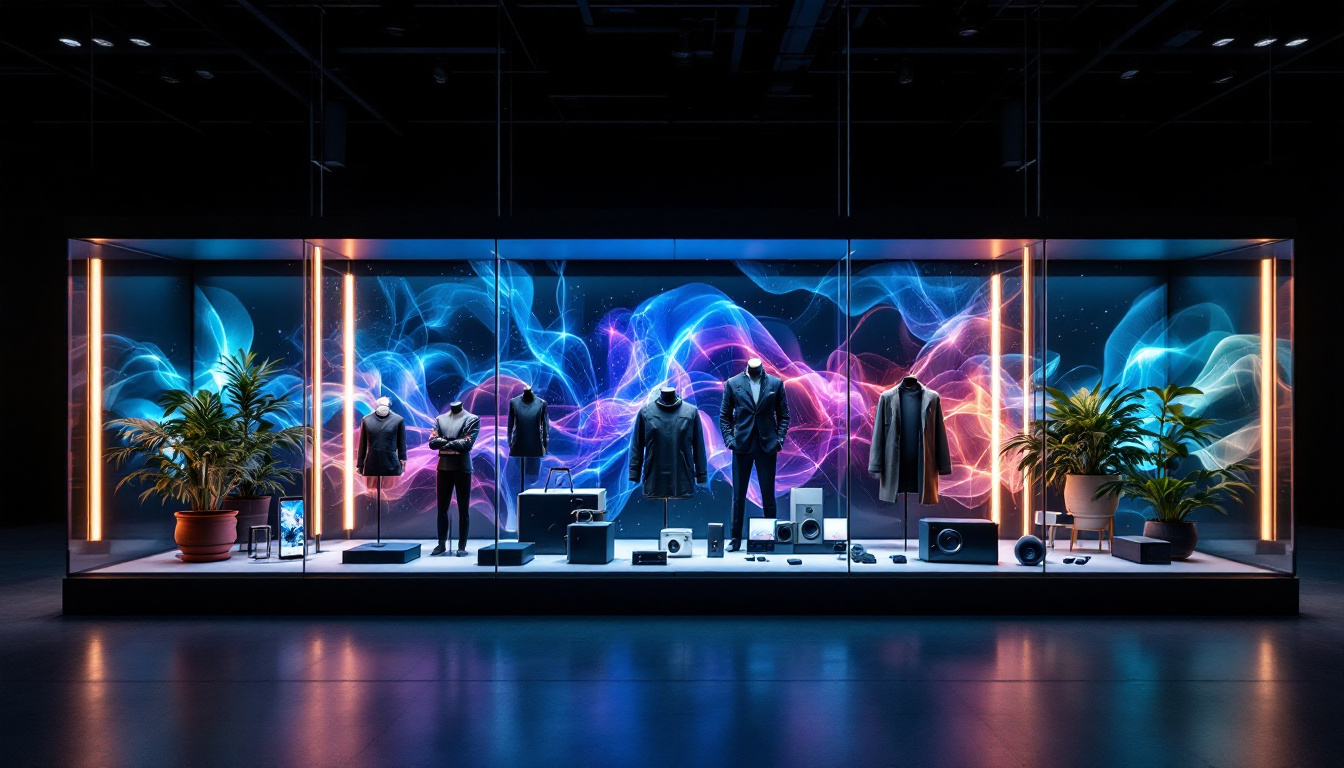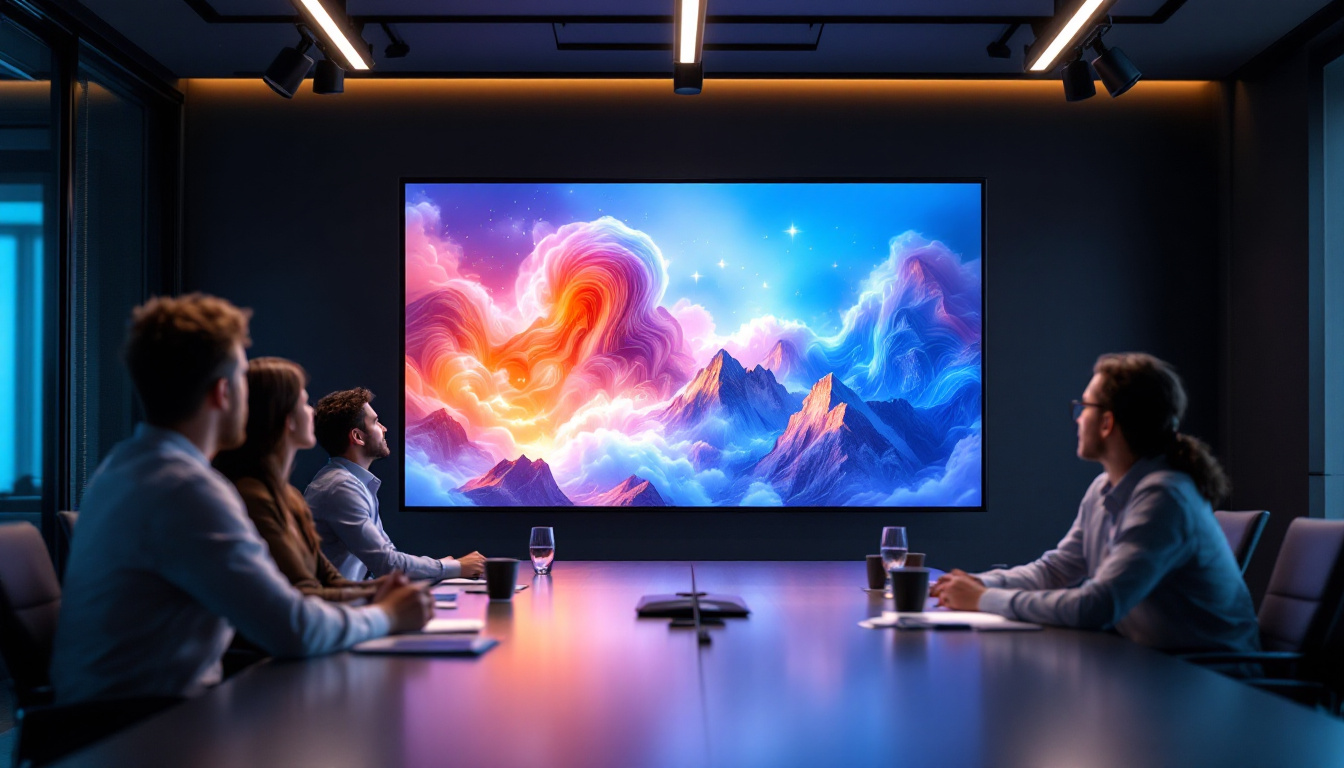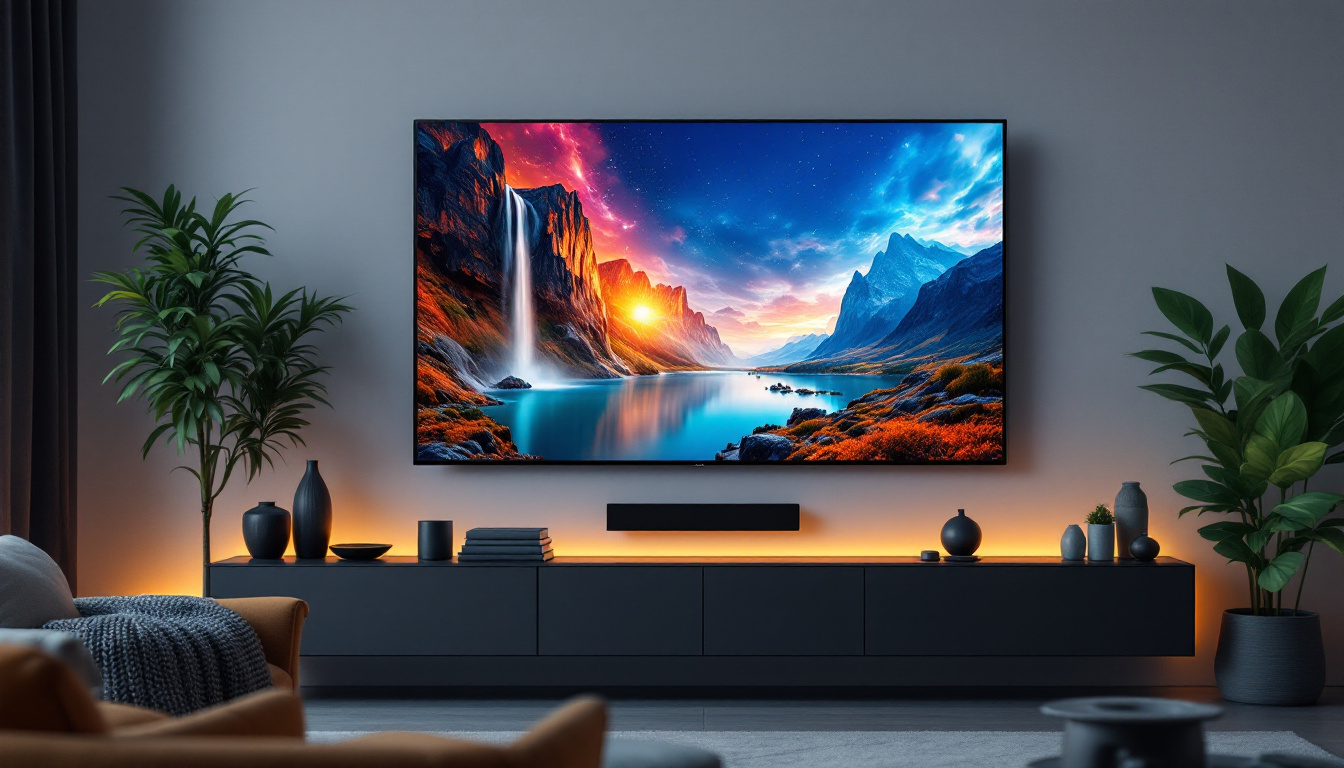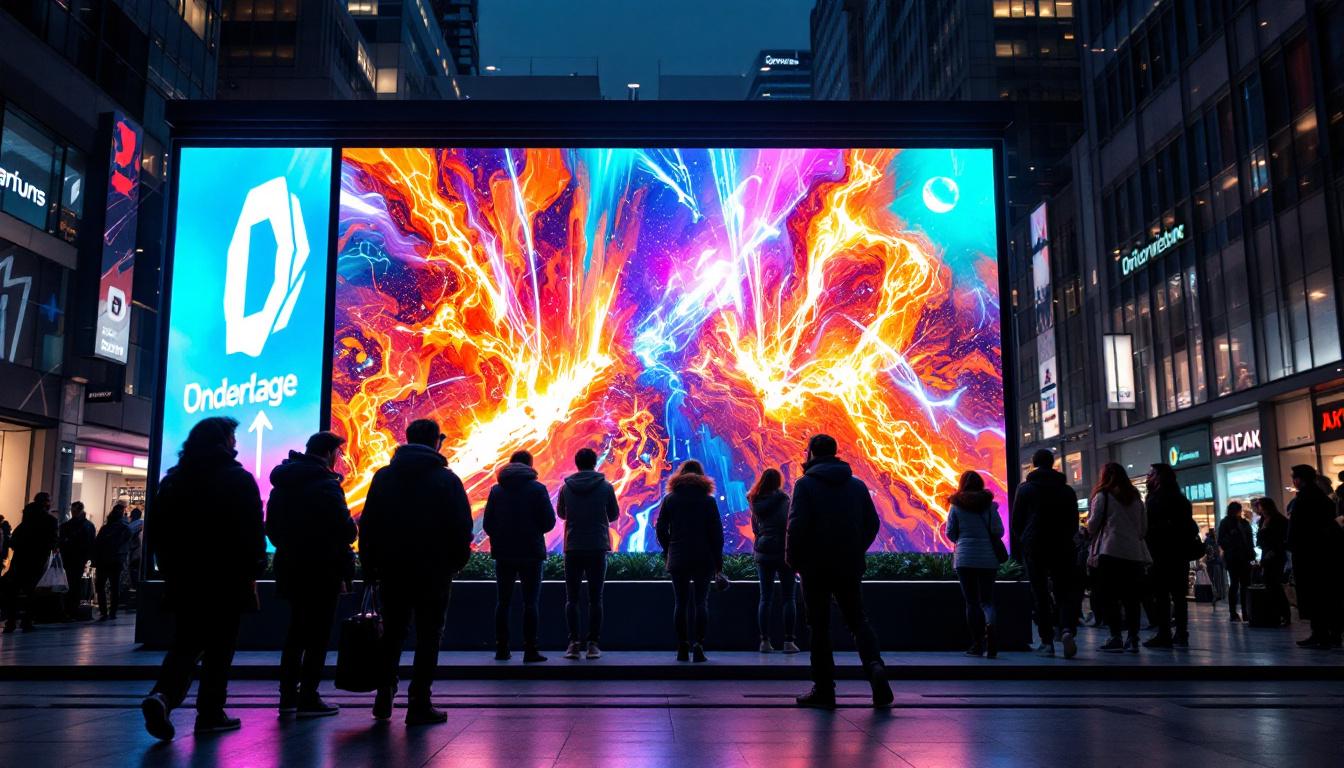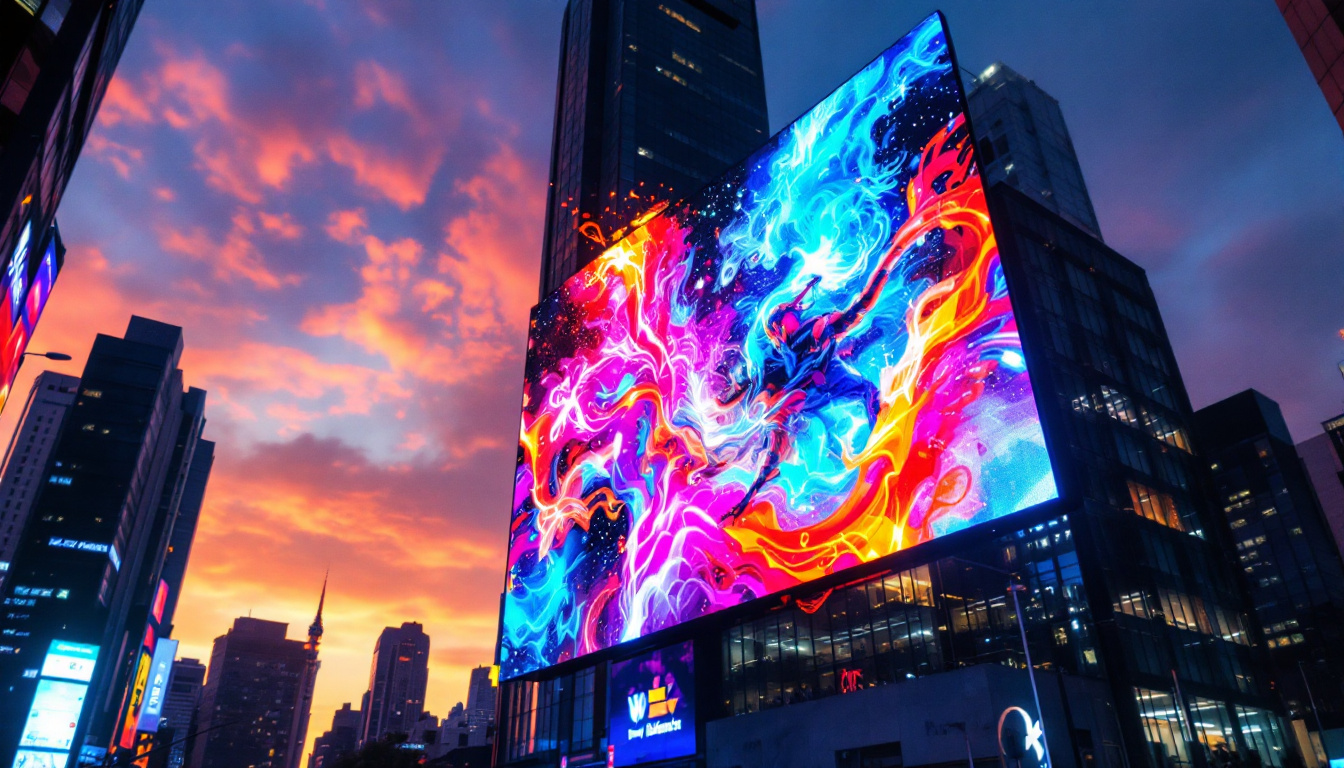Panel TV Screens: LED Display Explained
In the realm of modern entertainment, television technology has evolved significantly, with LED displays leading the charge. The term “LED” refers to Light Emitting Diode, a technology that has revolutionized how images are displayed on screens. This article delves into the intricacies of LED display technology, exploring its components, advantages, and the various types of LED TV screens available today.
Understanding LED Technology
LED technology is at the forefront of television displays, offering vibrant colors and sharp images. Unlike traditional LCD screens that use fluorescent backlighting, LED TVs utilize an array of tiny diodes to produce light. This fundamental difference leads to various enhancements in picture quality and energy efficiency. The advancements in LED technology have not only transformed the way we experience visual content but have also contributed to a more sustainable approach to entertainment, as these displays consume significantly less power compared to their predecessors.
How LED Displays Work
At the core of an LED TV is a liquid crystal display (LCD) panel that is illuminated by LED backlighting. The LEDs can be placed either behind the screen (direct-lit) or along the edges (edge-lit). Direct-lit LED displays tend to provide better uniformity in brightness, while edge-lit designs are often thinner and more lightweight. This design flexibility allows manufacturers to create ultra-slim models that fit seamlessly into modern home aesthetics.
The liquid crystals in the panel manipulate the light emitted by the LEDs to create images. By adjusting the orientation of these crystals, the display can control the amount of light that passes through, resulting in a range of colors and shades. This process is what allows LED TVs to deliver stunning visuals, making them a popular choice among consumers. Furthermore, advancements in dimming technology, such as local dimming, enable better contrast ratios by selectively dimming or brightening sections of the screen, enhancing the viewing experience during dark scenes.
Types of LED Displays
There are several types of LED displays available, each designed to cater to different viewing preferences and environments. The most common types include:
- Standard LED: The most basic type, using either edge-lit or direct-lit technology.
- QLED: Quantum Dot LED TVs enhance color accuracy and brightness using quantum dot technology. This innovation allows for a broader color spectrum, making images appear more lifelike and vibrant.
- OLED: While technically not LED, OLED (Organic Light Emitting Diode) displays use organic compounds to emit light, providing superior contrast and color depth. The ability of each pixel to turn on and off independently results in true blacks and an overall richer viewing experience.
In addition to these types, there are also variations like Mini-LED and MicroLED technologies that are gaining traction in the market. Mini-LED uses smaller LEDs for backlighting, allowing for more precise control of local dimming zones, which can significantly improve contrast and brightness. MicroLED, on the other hand, consists of tiny self-emitting pixels that eliminate the need for a backlight altogether, promising even greater color accuracy and energy efficiency. As these technologies evolve, they continue to push the boundaries of what is possible in display technology, offering consumers an ever-expanding array of choices for their home entertainment systems.
Advantages of LED Displays
LED displays have garnered immense popularity due to their numerous advantages over older technologies. Understanding these benefits can help consumers make informed decisions when purchasing a new television.
Picture Quality
One of the most significant advantages of LED displays is their exceptional picture quality. The ability to produce deeper blacks and brighter whites enhances the overall viewing experience. This is particularly noticeable in dark scenes, where traditional LCD screens may struggle to display detail.
Additionally, LED technology allows for a broader color gamut, meaning viewers can enjoy more vibrant and lifelike images. This improvement is especially evident in high-definition content, where the difference in quality can be striking. Furthermore, many LED displays utilize advanced technologies such as local dimming and HDR (High Dynamic Range), which further enhance contrast and color accuracy. These features allow for a more immersive viewing experience, making movies and games more engaging and visually stunning.
Energy Efficiency
LED TVs are renowned for their energy efficiency compared to older CRT and plasma models. The use of LEDs requires less power, which not only reduces electricity bills but also contributes to a lower carbon footprint. Many LED TVs come with energy-saving modes that further optimize power consumption without sacrificing performance.
In fact, the energy efficiency of LED displays has made them a popular choice for environmentally conscious consumers. Some models even carry ENERGY STAR ratings, indicating they meet strict energy efficiency guidelines set by the U.S. Environmental Protection Agency. This focus on sustainability not only helps consumers save money but also encourages manufacturers to develop greener technologies, ultimately benefiting the planet.
Thin and Lightweight Design
The compact nature of LED technology allows manufacturers to create thinner and lighter televisions. This design flexibility not only enhances aesthetics but also makes installation easier. Wall-mounted LED TVs can seamlessly integrate into modern living spaces, providing a sleek and contemporary look.
Moreover, the lightweight design of LED displays opens up new possibilities for creative interior design. Homeowners can experiment with various mounting options, such as floating shelves or custom cabinetry, to create a personalized entertainment area. Additionally, the reduced weight of these televisions makes them easier to transport, which is particularly beneficial for those who frequently move or redecorate their living spaces. The combination of style and practicality makes LED displays an ideal choice for modern homes, where both form and function are essential.
Choosing the Right LED TV
When selecting an LED TV, several factors should be considered to ensure the best fit for individual needs and preferences. Understanding these elements can help consumers navigate the myriad options available on the market.
Screen Size
Screen size is a crucial factor in the purchasing decision. The ideal size depends on the viewing distance and the room’s dimensions. Generally, a larger screen is preferable for a more immersive experience, but it should not overwhelm the space. A common rule of thumb is to sit at a distance of 1.5 to 2.5 times the screen size for optimal viewing.
Resolution
Resolution refers to the number of pixels that make up the image on the screen. Higher resolutions result in sharper images. The most common resolutions available in LED TVs include:
- Full HD (1080p): Offers a resolution of 1920 x 1080 pixels.
- 4K Ultra HD (2160p): Provides a resolution of 3840 x 2160 pixels, delivering four times the detail of Full HD.
- 8K Ultra HD: The latest advancement, boasting a resolution of 7680 x 4320 pixels, although content availability is still limited.
Smart Features
Many modern LED TVs come equipped with smart features, allowing users to access streaming services, browse the internet, and connect with other smart devices. When considering a smart TV, it is essential to evaluate the user interface, available apps, and compatibility with other devices.
Common Misconceptions About LED TVs
Despite their popularity, several misconceptions about LED TVs persist. Addressing these myths can help consumers make more informed choices.
LED TVs Are the Same as LCD TVs
A common misunderstanding is that LED TVs are simply another name for LCD TVs. While LED TVs use LCD technology to create images, they differ significantly in how they are illuminated. LED TVs utilize light-emitting diodes for backlighting, resulting in better contrast and color accuracy compared to traditional LCDs that use fluorescent lights.
All LED TVs Are the Same
Not all LED TVs are created equal. Variations in technology, such as the type of backlighting (edge-lit vs. direct-lit), panel quality, and additional features, can lead to significant differences in performance. Consumers should research specific models and read reviews to ensure they choose a television that meets their expectations.
Future of LED Display Technology
The future of LED display technology looks promising, with ongoing advancements aimed at enhancing performance and user experience. Innovations in display technology continue to emerge, paving the way for even more impressive viewing experiences.
MicroLED Technology
MicroLED is an emerging technology that promises to combine the best features of OLED and traditional LED displays. By using microscopic LEDs to create images, MicroLED displays can achieve incredible brightness, color accuracy, and contrast without the risk of burn-in associated with OLED panels.
This technology offers the potential for modular displays, allowing users to create screens of any size and shape, further expanding the possibilities for home entertainment systems.
Advancements in Color Accuracy
As content becomes increasingly sophisticated, the demand for improved color accuracy continues to rise. Future LED displays are expected to incorporate advanced technologies that enhance color reproduction, allowing viewers to experience content as intended by creators.
Conclusion
LED display technology has transformed the way people experience television, offering stunning visuals and energy efficiency. With various types of LED TVs available, consumers have the opportunity to choose a model that best fits their needs and preferences. As technology continues to evolve, the future of LED displays promises even more exciting advancements, ensuring that viewers can enjoy an unparalleled entertainment experience for years to come.
Understanding the nuances of LED technology, from its workings to its advantages and future developments, empowers consumers to make informed decisions when investing in a new television. Whether for casual viewing or immersive cinematic experiences, LED TVs remain a top choice in the ever-evolving landscape of home entertainment.
Discover the Future of Visual Experience with LumenMatrix
As you consider the vast potential and advancements of LED display technology for your home or business, LumenMatrix stands at the forefront, ready to elevate your visual experience. Our commitment to innovation ensures that you have access to a diverse range of LED display solutions, from Indoor and Outdoor LED Wall Displays to specialized options like Vehicle LED Displays and Custom LED Displays. Embrace the future of visual communication with LumenMatrix and let us help you captivate your audience with clarity and impact. Check out LumenMatrix LED Display Solutions today and transform your space into a dynamic visual masterpiece.

